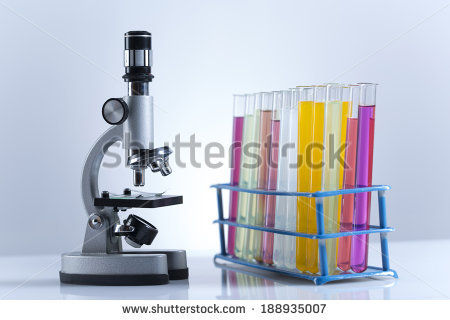Priorities for research & innovation
|
Over the years priorities for research and innovation in the animal breeding and reproduction sector has shifted from a focus on production increase to resource efficiency, decreasing emissions of animals, health and welfare, including breeding for longevity, health and maternal ability.
In 2011, FABRE-TP created together with its stakeholders a Strategic Research Agenda for Europe. This SRA focusses on:
|
Several examples of R&D and innovation contribution to animal breeding and reproduction are given:
- Genomic information
- Environment
Technology transfer
There is an increasing gap between what is happening in research and the breeding practice (of the average size breeding organisation) must be recognised and addressed.
We need to:
Technology transfer needs to be(come) an integral part of research. It is crucial for innovations to be implemented continuously.
R&D of the industry will need to be more involved in/with the research in institutions.
There is an increasing gap between what is happening in research and the breeding practice (of the average size breeding organisation) must be recognised and addressed.
We need to:
- Optimise research to applicable results by increasing exchange of knowledge and technologies
- Increase collaborations between research and industry, decreasing the distance between new knowledge and new products.
Technology transfer needs to be(come) an integral part of research. It is crucial for innovations to be implemented continuously.
R&D of the industry will need to be more involved in/with the research in institutions.
Education
To be effective and efficient, support is needed for:
To be effective and efficient, support is needed for:
- People Development - skills of scientists and knowledge transfer (KT) working in the research base and industy.
- Research and Innovation Structures - both national and EU level need to ensure a healthy R&D pipeline with an appropriate balance.
- Continuous Professional Development:
- People development
- Innovative lifelong learning mechanisms.

